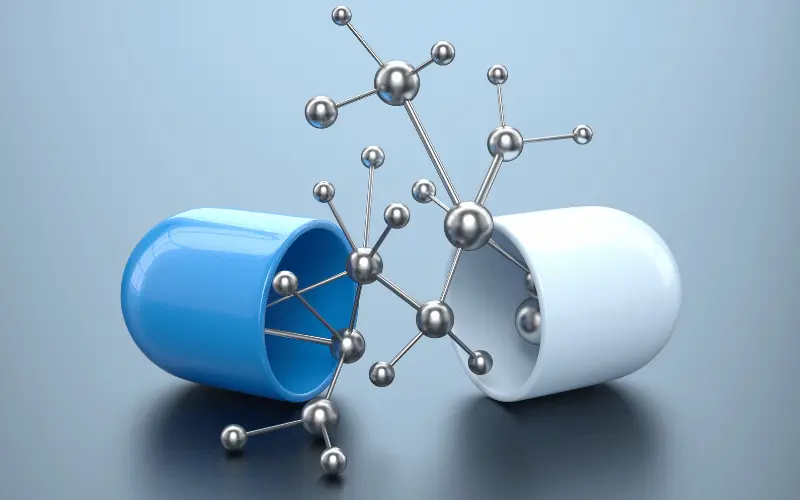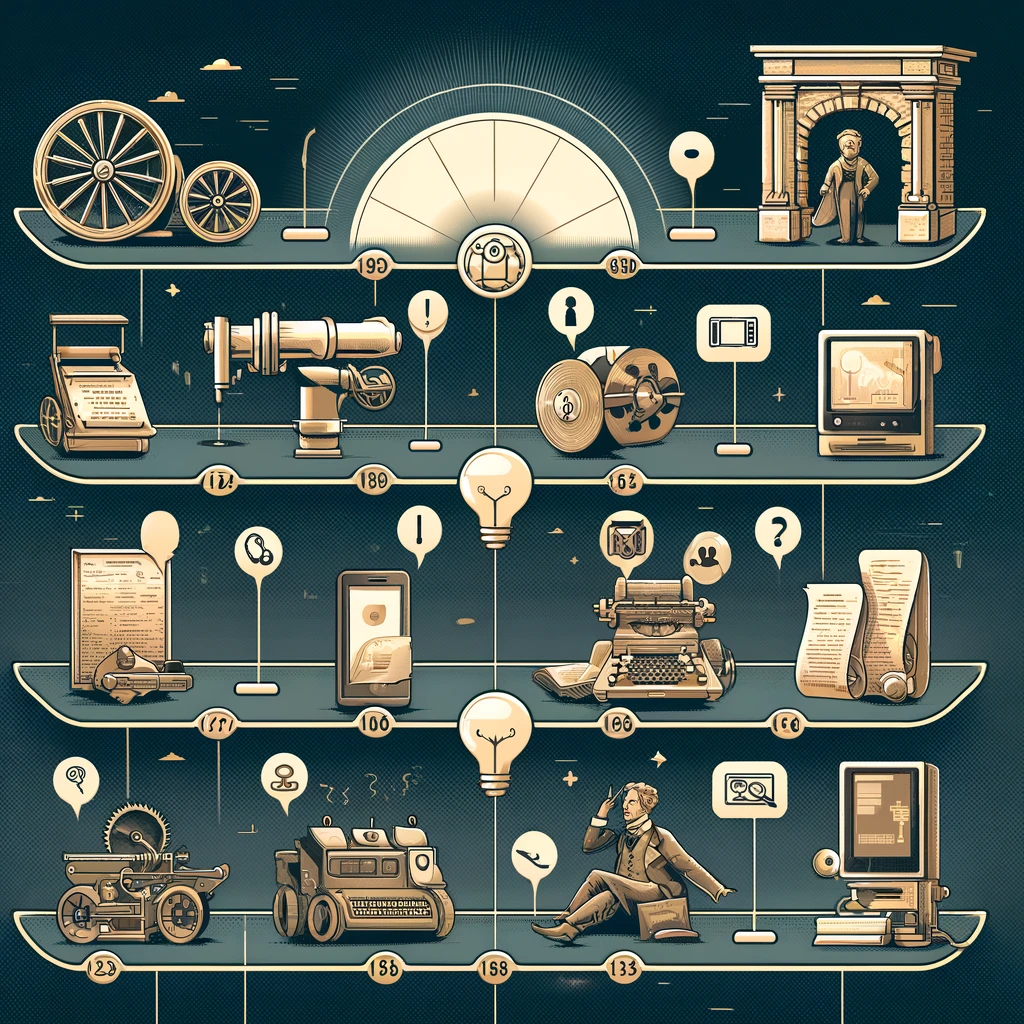Today we live in a nanotechnological world. Nanotechnology helped create a better future for humanity through new inventions. Nanotechnology thus helps to improve and even revolutionize many sectors. So, what is this technique? How have they been used? What are their good and bad? Let’s get to know you together in this article.

Nano technique definition
Nanotechnology is an area of technology based on the very small-scale processing of the substance, the nanoscale. In the nanoscale, the substance exhibits chemical and physical properties different from those of the substances in the natural state.
Using the nanometer and the materials measured by its use, scientists develop materials called nanomaterials. The latter is used in a wide range of applications.
Areas of use of nanotechnology with examples (Areas of use of nanotechnology with examples). Used in material manufacturing adequate daily operations.
One of the biggest benefits of nanoscale which is the beginning of the use of nanoscale applications is the manufacture of material and equipment structures with tiny scales. You might wonder why man needs to design bodies of this size. The answer can be summarized using the following example: nanotechnology to manufacture precise medical equipment inserted into the patient’s body to detect and treat diseases (for example).
Example of the use of nanomaterials in material manufacturing
Used for example in the garment industry where it can help make garments more resistant to staining, bacterial growth, and curling. It can also help make washable “smart clothing”, although it has sensors to monitor a person’s state of health.
They are also used in the automotive industry, aircraft, boats, and many other products that we use daily. This is because it is lightweight, durable, flexible, and resistant.
Use of nanotechnology in the health sector:
Nanomaterials are used in disease prevention and treatment and have a significant role in therapeutic surgery, especially in natural health products and medicines manufacturing. It also affects the medical device industry and drug delivery systems.
An example of technology usage in the health sector is using nanotechnology in cancer treatment and atherosclerosis, for example. In addition to tissue engineering and Alzheimer’s disease.
Their use in the food sector:
Used in food manufacturing. In addition to preserving deli and packaging processes for these foods. They therefore give greater safety than pollution and damage for foods that are prone to early damage. All thanks to nature’s biological stability and in weather conditions characterized by nanoparticles.
An example of using nanotechnology in the food sector is packaging food products to save them from damage thereby reducing the resulting loss in shops. In addition to crop saving. So, it does not damage the storage result for long periods before distribution and sorting.
Use of nanotechnology in information technology and electronic applications:
This technology has contributed significantly to the field of IT and electronics manufacturing. So, we have faster and smaller systems that can manage and store larger amounts of information. For example, laptops are becoming smaller and weaker. More effective, better performance.
Example of the use of nanotechnology in electronic applications:
Modern transistors industry, display screens, smartphone screens, and AI applications.
Use of nanotechnology in energy applications
Nanotechnology supports the field of energy applications. It therefore aims to promote the use of renewable energies and alternative energy approaches. To help in the search for new sources of energy. In addition to reducing the toxic impact of fossil energy on the environment.
This technology also improves the efficiency of fuel production of raw petroleum materials. They also reduce fuel consumption in vehicles through more efficient combustion and less friction.
In addition, this technology supports oil and gas extraction processes. It also allows the use of modern nanotechnologies to detect leaks from microscopic fractures in oil pipes.
An example of the use of this technology in energy applications:
Solar panel applications produce energy from solar energy, develop batteries that are used to charge power, as well as better lighting systems in terms of performance.
Poor use of nanotechnology (Disadvantages of using nanotechnology)
Although nanotechnology revolutionized human history in terms of evolution across different fields. However, it carries many flaws and fears of this technique:
Public safety concerns:
Nanoparticles can be toxic. They can also have adverse effects on human life and nature. As a result, caution must be taken when dealing with these substances. Stakeholders must also periodically inspect businesses using nanomaterials in their industries. Thus, the safety of products manufactured from nanomaterials is assured.
Cost of this technique:
This technology is expensive limiting its use in many industries. Thus, as they are still new and complex, the cost of developing the materials and tools used in them is unknown. Their use is also limited by cost risks.
The problem of regulating their use:
Although many bodies regulate the use of these materials. Some, however, continue to use it illegally.
Ethical effects of their different applications:
There may be fear of some nanoscale applications and their impact on human life. In addition to providing nanotechnology for addictive applications (such as nanotechnology mobile phones that have acquired human minds).
How is the use of nanomaterials regulated? “Greenhouse Gas Images Act”
The Toxic Substances Control Act (Toxic Substances Control Act) seeks to give the U.S. Environmental Protection Agency the authority to test the use of chemicals and establish its records. Plus, report it if necessary. This law thus helps to ensure that manufactured nanomaterials do not pose any risk to humans or the environment by being chemicals.
In 2017, the EPA requested that all companies that used nanomaterials supply them with the quantity and type of nanomaterials they used. In the case of industries established between 2014 and 2017. All of this was aimed at regulating the nanomaterials consumption in the environment in order not to become a threat to human life.
Also in 2011, the United States of America collaborated with Canada through the organization of an organizational cooperative council whose primary objective was to adapt the organization’s approach to various areas. Which included the field of nanotechnology; thus information was shared on the use of this technology and nanomaterials in various countries. to reach global regulation to ensure the safe use of technology.


